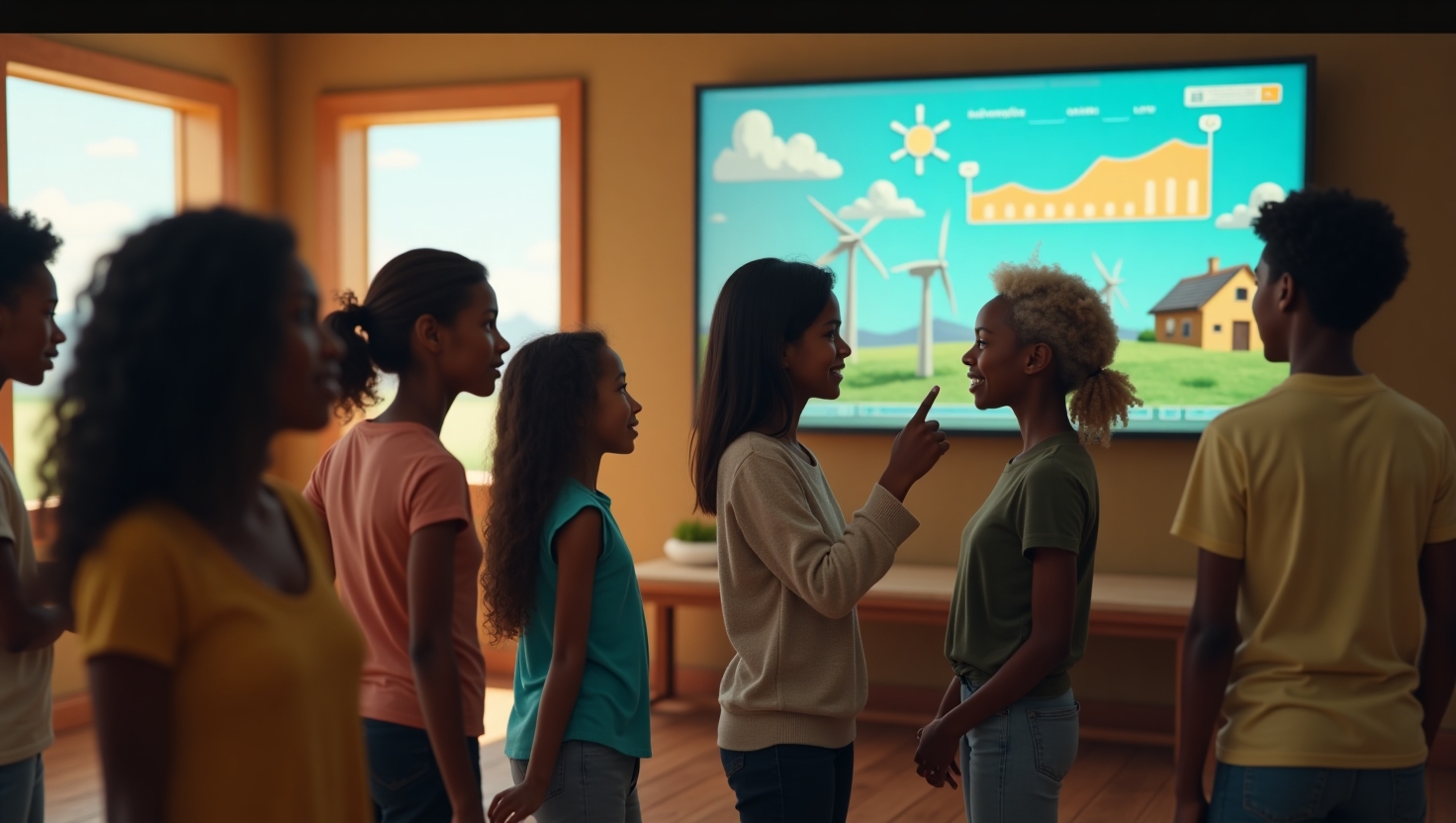Community Storage: Revolutionizing Energy Equity & Resilience Through Shared Batteries and VPP Integration
Introduction: The Urgency of Equitable Energy Access
Energy disparities plague underserved communities worldwide. Low-income households often face high electricity costs and unreliable grids during outages. Community storage emerges as a solution, using shared batteries to store solar energy and provide resilience. This model promotes cost savings and energy equity by allowing groups to pool resources.
What is community storage? It involves collectively owned or accessed battery systems that store renewable energy for multiple users. These setups integrate with AI-driven Virtual Power Plants (VPP) to optimize distribution. Off-grid communities benefit most, gaining independence from traditional utilities during disruptions.
Community storage teases a future where equitable energy access becomes reality. It addresses core issues like affordability and reliability. By weaving in VPP technology, it empowers vulnerable areas to build resilient energy networks.
How Community Storage Differs from Traditional Solar
Community solar has gained traction by enabling shared access to large-scale panels. Users subscribe without owning rooftops or facing high upfront costs. However, community storage takes this further by focusing on battery systems to hold generated power.
Traditional solar often leaves storage as an afterthought due to expense. Community storage tackles these barriers head-on, emphasizing shared batteries for better equity. It overcomes grid access gaps that hinder low-income adoption.
\”Commercial-scale behind-the-meter storage offers resilience… but struggles to access markets,\” notes a report from Solar Power World (source). This highlights why emerging models are vital. Storage faces similar hurdles as solar once did, like cost and infrastructure limits.
Here are 3 key challenges of community storage:
- High initial costs for batteries deter small-scale adoption.
- Limited access to wholesale markets reduces profitability.
- Equity gaps prevent underserved groups from participating fully.
The Trend: How Shared Batteries Are Scaling Resilience
Shared batteries aggregate power from multiple sources, boosting efficiency. They form the backbone of Virtual Power Plants (VPP), which coordinate distributed energy resources. This setup turns individual batteries into a unified grid-like system.
What is a VPP in energy storage? A VPP virtually links batteries and renewables to act as one power plant. It optimizes energy flow using AI, reducing waste and enhancing reliability. Off-grid communities use VPPs to maintain power during blackouts.
Real-world pilots show promise, like Vermont’s Resiliency Zones and California’s Energy StorageShares. These programs deploy shared batteries in vulnerable areas. VPPs lower costs per kWh by 20-30% through economies of scale, per industry data.
Off-grid communities gain from this trend by achieving energy independence. Shared batteries provide backup during disasters. Programs like these are expanding, with learnings from Sacramento Municipal Utility District (SMUD) driving adoption.
Insight: Policy + Technology Synergy for Equity
New York’s Solar For All program pioneers community storage integration. It allows projects to enroll shared batteries during grid interconnection. This streamlines access for low-income users, combining solar with storage.
A key insight: Combining front-of-meter storage with islandable circuits builds resilience. These setups isolate communities from grid failures. They align utility goals with community needs for equity.
Low-income enrollment rises 40% with automatic opt-in policies, as seen in SMUD case studies (source). Technology synergies amplify this impact. Policies like these close equity gaps effectively.
Critical elements of a successful community storage model:
- Automatic enrollment for underserved households.
- Integration of VPP for optimized energy management.
- Front-of-meter batteries paired with solar arrays.
- Focus on resilience through islandable systems.
Forecast: Where Community Storage Is Headed Next
Shared batteries will become 50% cheaper by 2030 due to tech advances and scale. This cost collapse opens doors for widespread adoption. Off-grid communities stand to benefit most from affordable resilience.
AI-driven VPPs will enable self-healing networks post-disaster. These systems automatically reroute power, minimizing downtime. They transform off-grid communities into robust energy hubs.
A policy wave will ensure universal access for disadvantaged areas. Expect grants and reforms to accelerate growth. Community storage could redefine energy equity globally.
Top 3 predictions for community storage 2025-2030:
- Costs drop dramatically, enabling mass deployment in off-grid communities.
- AI enhances VPP resilience, supporting disaster recovery.
- Policies expand to include subsidies for shared batteries worldwide.
Call to Action: Accelerating Adoption
Support policy changes like energy storage tax credits and grid reforms. These drive community storage growth. Advocate for them to boost equity and resilience.
Demand local storage subsidies from utilities. Use template emails to contact representatives. Engage communities to push for shared batteries and VPP programs.
Check California’s Energy StorageShares for applicability (learn more). Join webinars by SMUD or Green Mountain Power (GMP) for insights. For Australia, explore similar initiatives via the Clean Energy Council (Australian resources).
Spotlight platforms connecting low-income groups to VPPs. These foster adoption and build resilient off-grid communities. Act now to make energy equity a reality.
